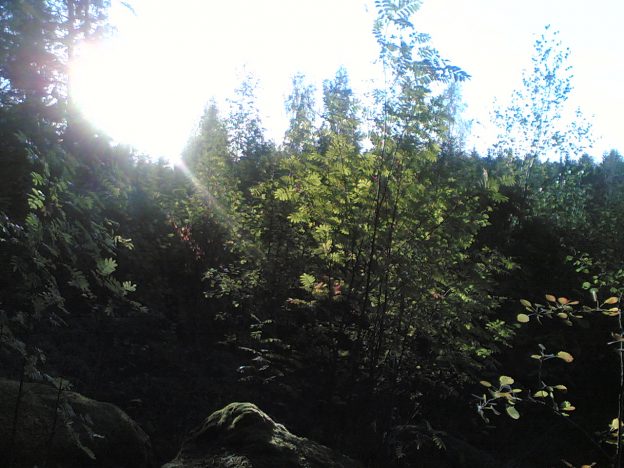For my MA thesis project I’m having a look into online video streaming services in the context of contemporary video art. From the viewpoint of media infrastructures, it would be interesting to examine the amount of bandwidth currently allocated for video streaming – the possible effects that can be seen, felt or measured. What does it require to keep video streams operational? How about the quality of service? TV broadcasts used to (and still do, to some extent) affect people’s feelings and behavior. But does it make people stay collectively in their homes during a broadcast they are looking forward to seeing, such as concerts, serializations, or sports? Does this happen in the age of video streaming, or are there new established patterns of behavior that effect the environment?
Currently there are several big construction projects going on in Finland, perhaps megalomaniac in nature and seemingly conducted without much feedback from the communities that surround them. Thus it would be interesting to have a look at one such project, examining the implications of these emerging constructs, which reach far beyond their physical realm.
Despite the increase of popularity in e-commerce, several shopping centres have been constructed during the recent years (Redi in Kalasatama, opened in 2018). The construction of such centers are still underway (Tripla in Pasila, to be gradually opened in 2019–2020). Prior to Redi’s completion there existed brief public discourse expressing fears of the smaller brick-and-mortar-operated businesses’ disappearance. Despite the crowd’s initial interest towards the new shopping centre, it would appear the popularity of Redi is has failed to fulfil the expectations. What kind of concepts were these shopping centers initially proposed as, and when were they planned? In what ways were they supposed to integrate into and communicate with their surroundings, physical as well as psycho-social? Why do buildings like Oodi bask in the attention of the crowds instead?
One example of a stark contrast between a past and future state of an environment is the KymiRing project, constructed in the Kymenlaakso region in Finland. Prior to the project, the area of Tillola was quite empty – only some outdoor sports paths, earth-moving activities and minor industrial facilities have existed in the area for past few decades. The area has been a natural gateway throughout the history of humankind, from the water-pathways of the Stone Age to the settlements of Bronze Age, up until trade routes of the contemporary human and the present day. Because of the KymiRing project and the number of existing relics or ancient monuments in the region, the area was charted for possible new archeological findings prior to KymiRing’s construction.
How will such an international project affect the environment and the surrounding area? What kind of media infrastructures must be established in order to be able to transmit such a media spectacle to the rest of the world? What kind of a layer does the world of motor sports introduce to the coniferous forest growing on a ridge left behind the last ice age?
(Photo: Auri Mäkelä. Trees growing in Tillola, ca. 2006)


